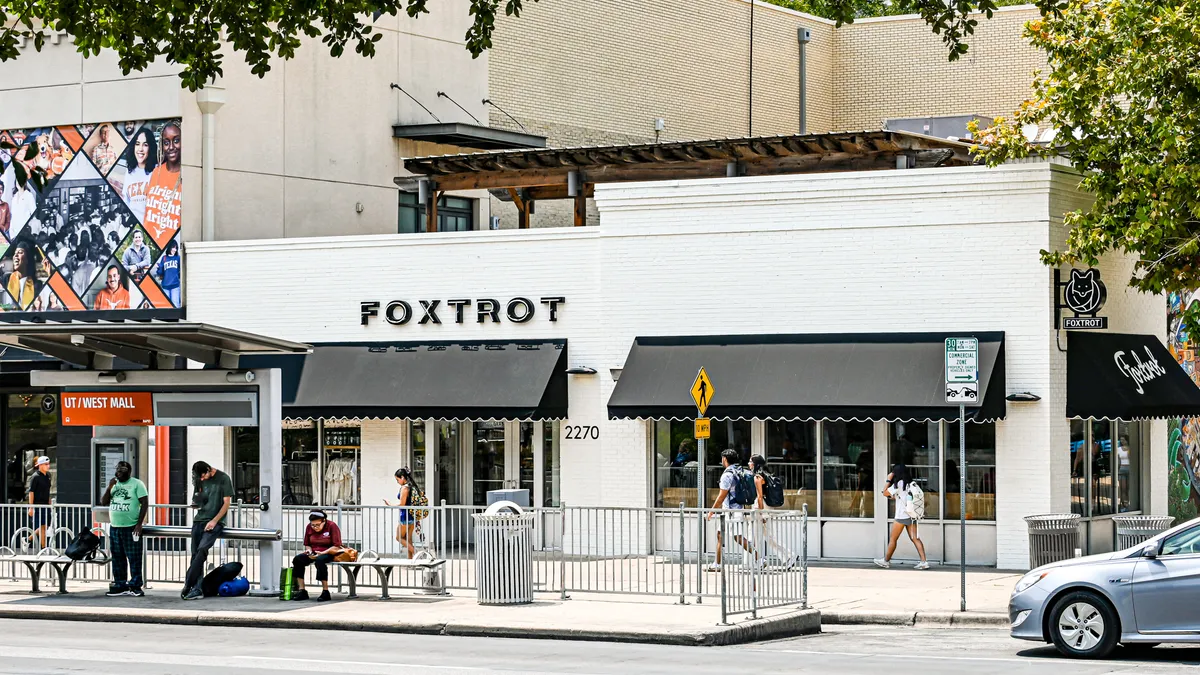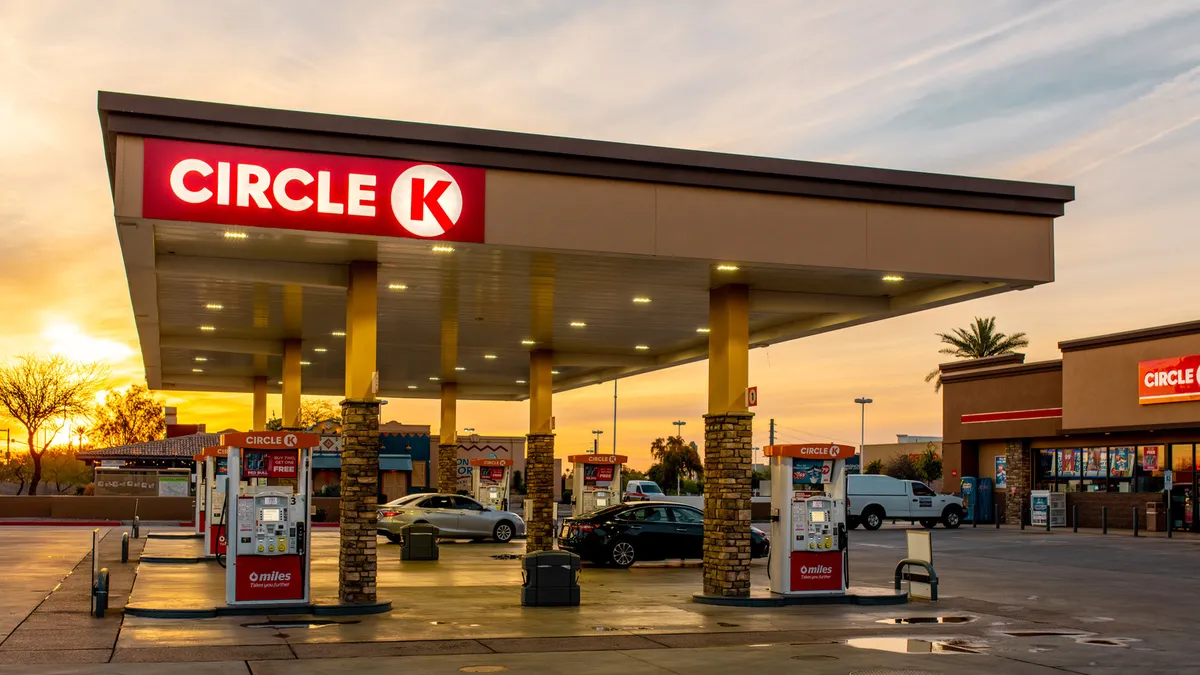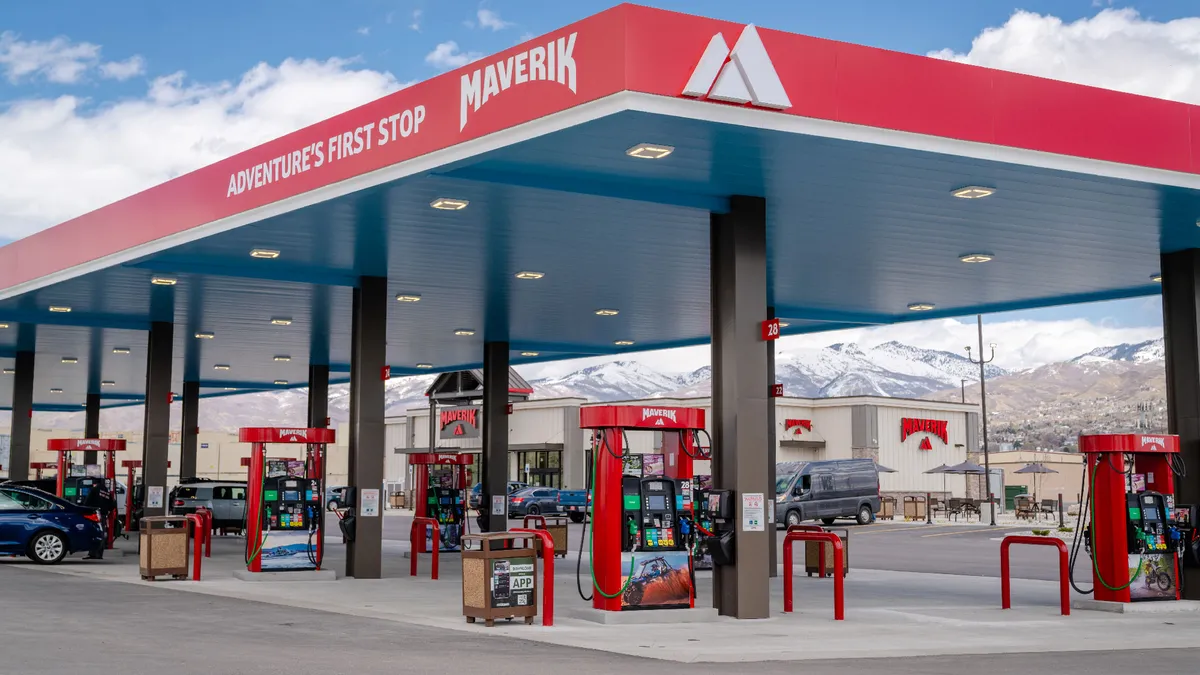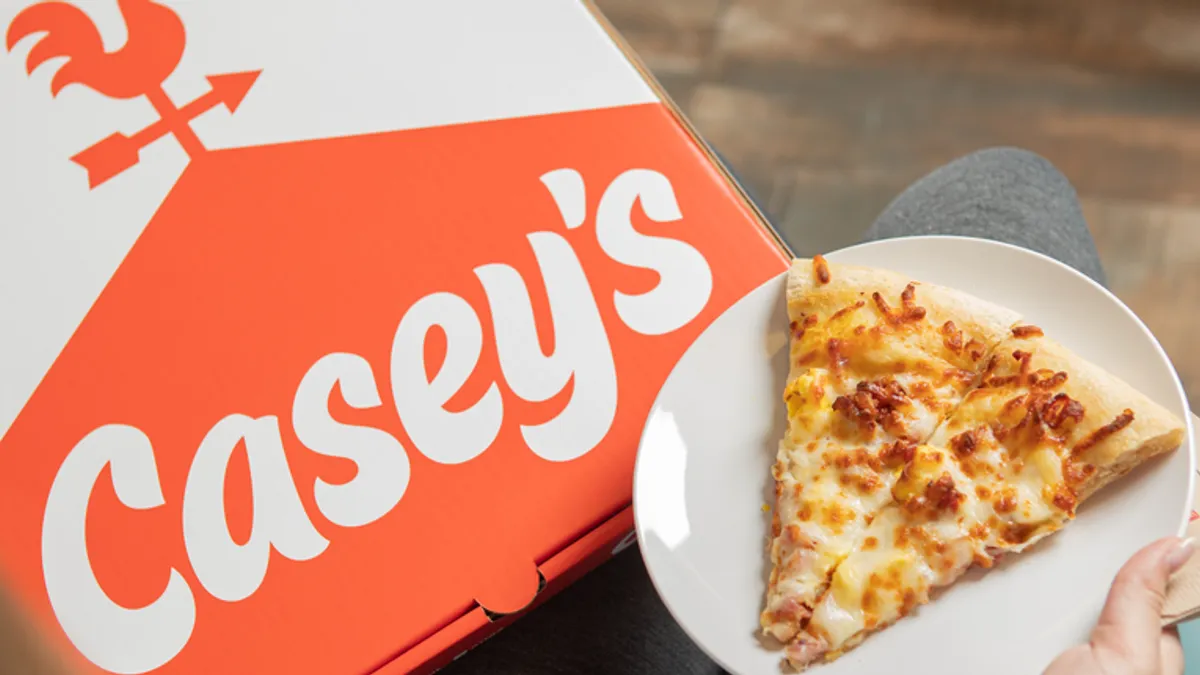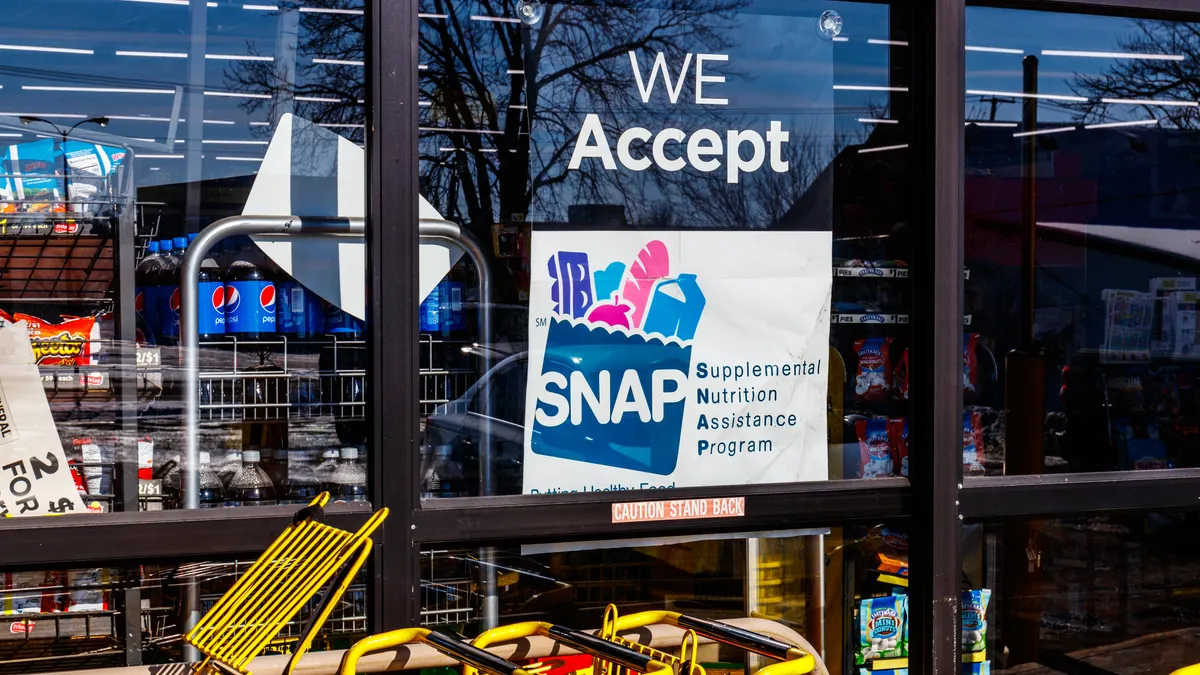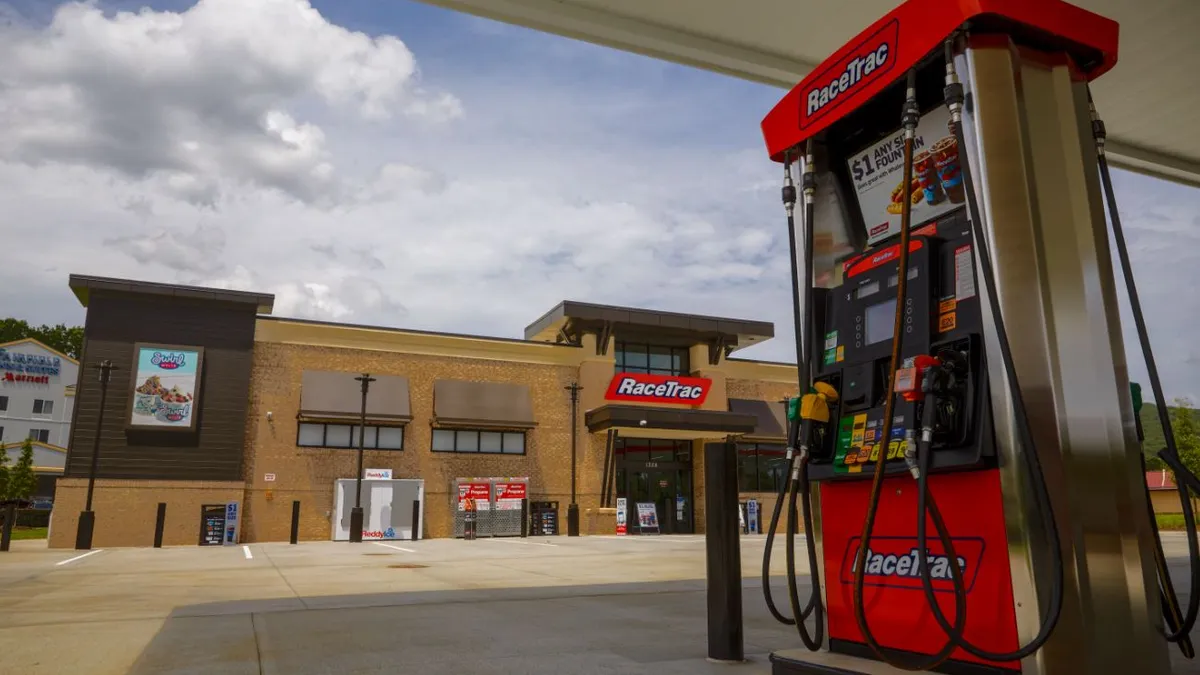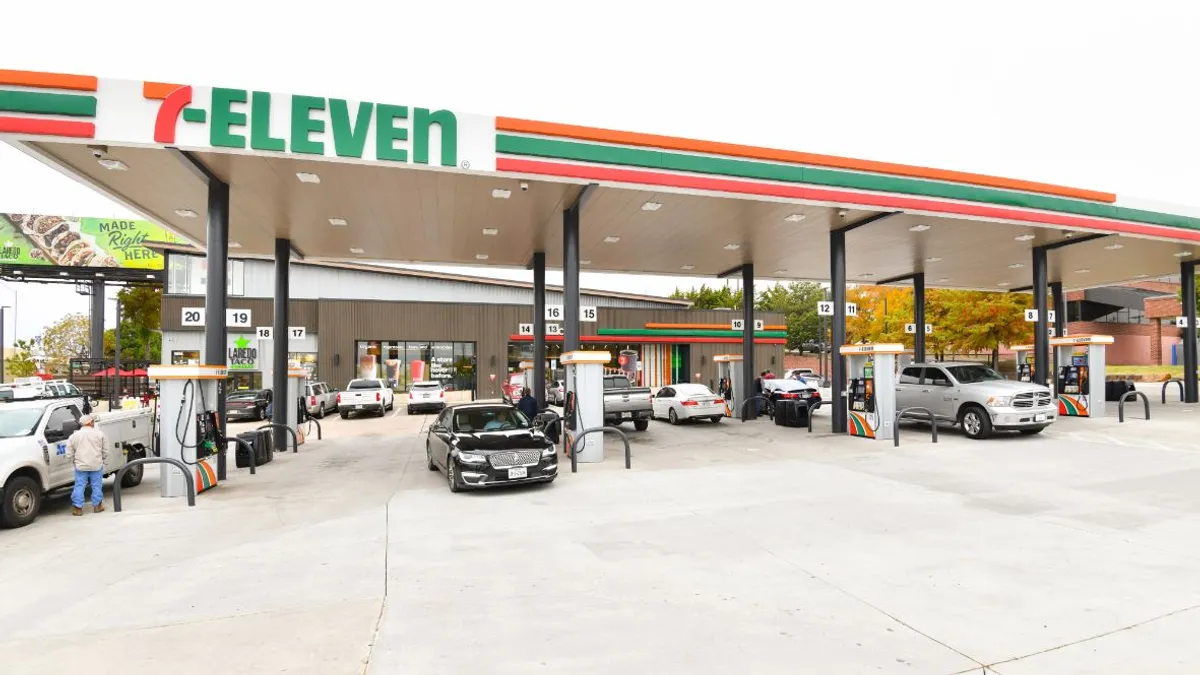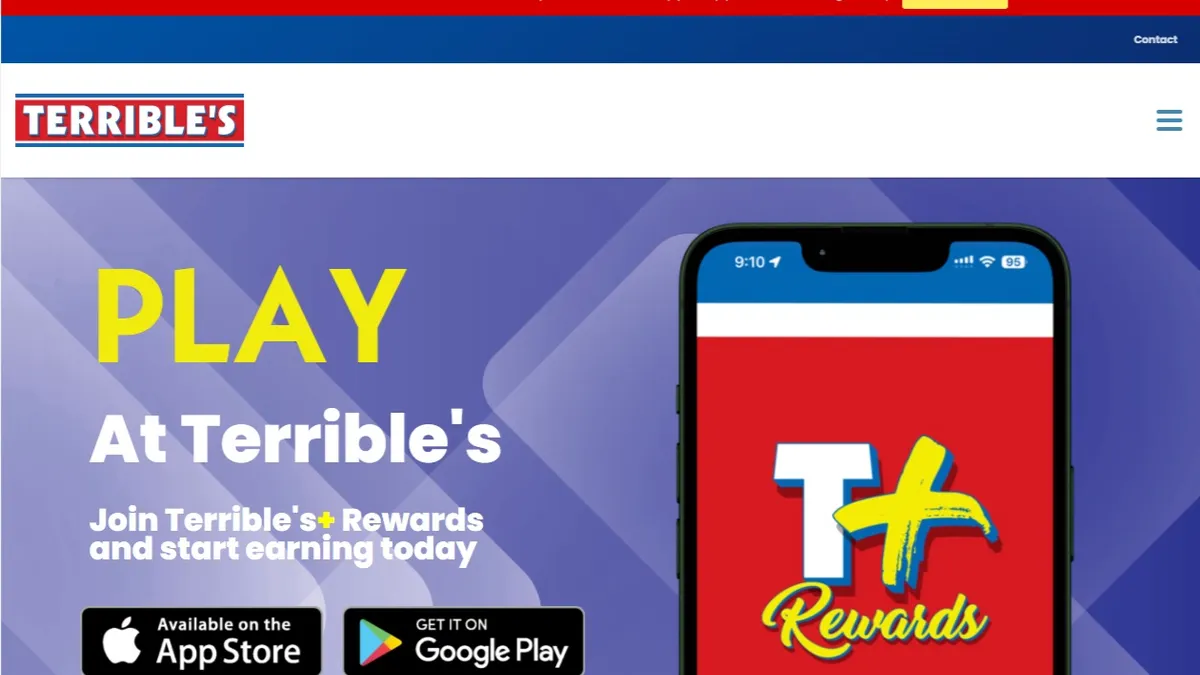When Foxtrot began planning its Austin expansion, it knew that there was one area it would love to have a store: A site near the University of Texas known as “the Drag” where students love to hang out.
“It was a high-priority target for Foxtrot from the early stages of our Austin market entry strategy because it is such a lively and distinctive part of Austin,” said Foxtrot CEO Liz Williams in an interview.
Foxtrot, which held its grand opening for the store in late August, joined 7-Eleven on the Drag, right across the street from the university campus.
Foxtrot isn’t the only c-store operator that’s gravitating toward student hubs. Casey’s General Stores opened a fuel-less store across from the Drake University campus in Des Moines, Iowa, in 2022. Parker’s recently refurbished its store on Lanier Drive in Statesboro, Georgia — right down the street from Georgia Southern University’s football stadium.
“They’re looking for portable, they're looking for snackable, they're looking for something they can grab quick in the middle of running between classes."

Brynn Capwell
CEO and Strategic consultant for Archer ATR
Convenience stores nearby — but not on — university campuses help companies appeal to a coveted consumer demographic that also happens to love shopping at c-stores. Generation Z — those born between 1997 and 2012 and making up the bulk of college students now — have an affinity for convenience stores. They shop for groceries at c-stores three times more often than Baby Boomers, according to an NCSolutions report earlier this year.
A separate report from late 2022 found that about 92% of Gen Z consumers said they enjoy the experience at a convenience store and more than half of those surveyed said they’re likely to buy a product promoted by a c-store on social media.
“They’re looking for portable, they're looking for snackable, they're looking for something they can grab quick in the middle of running between classes,” said said Brynn Capwell, CEO and Strategic consultant for marketing and business consulting firm Archer ATR.
They are also more likely to make spur-of-the-moment decisions.
“Impulse buying is why c-stores are very relevant to everyone, but Gen Z in particular,” said Kathy Risch, senior vice president of shopper insights and thought leadership for Acosta Group. She noted that c-store visits are often unplanned, “and Gen Z is more unplanned than any generation according to our research.”
Risch said Acosta did research last year on the eating habits of college students. When asked what attracted them to the places where they bought food, Acosta found that students liked “convenient foods that are easy to take out,” Risch said.
Acosta separately found that 37% of Gen Z c-store shoppers are visiting more this year than last, while only 29% of overall respondents increased their visits. Beverages are especially popular with Gen Z, with 92% saying they’d go to c-stores for drinks, but their interests are varied.
Risch said Gen Z consumers seem to be responding well to upgrades that c-stores have made in recent years to their foodservice as well as their packaged goods assortments.
“I think both have a role in that assortment drawing the Gen Z [consumer],” she said.
Different competitive environment
While campus locations offer the opportunity to connect with young consumers, they also pose unique operational challenges.
The main competition, for example, likely won’t be another c-store chain but rather an on-campus store.
Jeremy Bare, chief merchandising officer at campus retailer Follett Higher Education, which operates stores at more than 1,000 colleges and universities, said that what Follett’s on-campus c-stores look like varies based on the type of student at the school. A two-year campus with a lot of students who also work full time may include more grab-and-go items, for example.
It’s important for c-stores opening up near a campus to be aware of the on-campus stores, Capwell noted. While they may be pricier or have a smaller selection they are also right in the center of activity and may make it easier for students to pay.
New York's Rochester Institute of Technology, for instance, accepts an on-campus currency called Tiger Bucks that can be spent at a variety of on-campus stores.
Campus stores should also take cues from what’s already available in the neighborhood.
Bare said as an example, “If there are many competitive opportunities for convenience, and that is not important to the university, we may choose not to build that opportunity out because they want other things.” For instance, a sports-heavy team may prefer to use space for a gift shop with some coolers for gameday rather than a c-store.
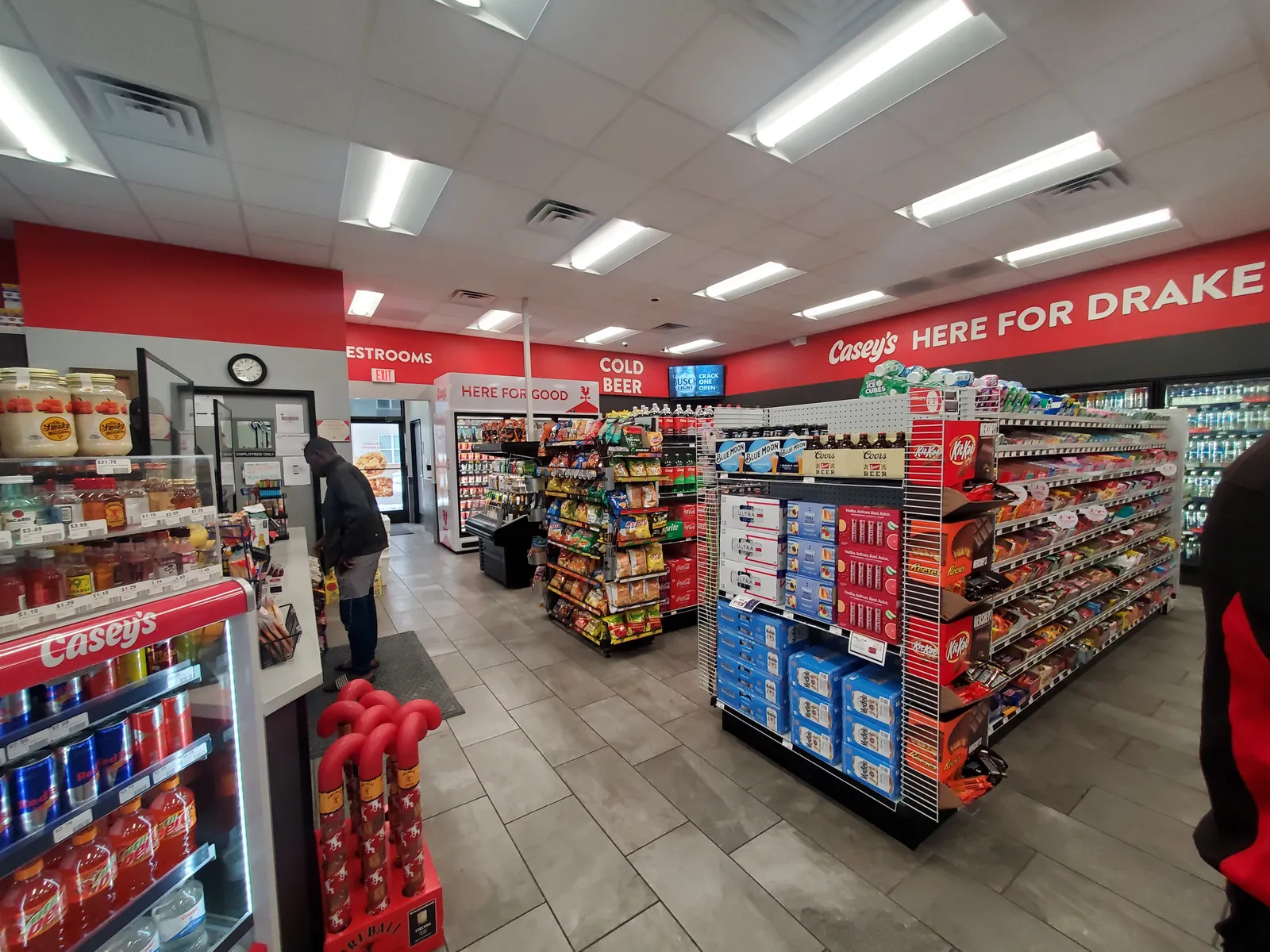
Focusing in on the opportunities
Williams said the Foxtrot store near the University of Texas wasn’t very different from its other locations, but there were some alterations.
“An emphasis was made on having all the different seating types, such as bar, counter, and dining, in order to provide a dynamic and casual environment to interact with in different ways,” said Williams.
She added that the company’s foodservice offerings, which include a selection of cafe items, breakfast tacos, various bowls and more, “have resonated” with the customers on the Drag.
That matches Acosta’s research, which found that about half of college students still purchase meals and snacks off campus at places like c-stores and grocery stores. “So even if they have a meal plan, they're going to be looking for those solutions for snacking and eating meals.” said Risch.
Capwell also pointed out that for c-stores near universities to thrive, the really important factor, as with most locations, is understanding the demographics on campus and in the surrounding areas.
Just as the contents of the on-campus stores vary based on the needs of the students, so will their hours, said Bare. For instance, a store with lots of high schoolers taking courses as part of their high school curriculum may need earlier hours, while a college with a lot of night classes will tend to have later hours.
This can open up opportunities for c-stores with foodservice, which serve an additional need.
“There's limited hours that [students] can get meals from their dining hall,” said Risch. “So they're going to need those stores to provide those solutions.”
And c-stores can combine that with Gen Z’s tendency to snack, particularly when bored or stressed, to create a product assortment that serves their needs.
“Think about all of that impulse opportunity…and make sure that there is a good strategy to draw attention to the right impulse on the right occasion,” Risch said.



